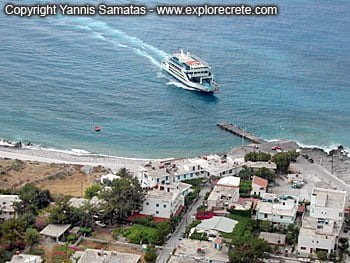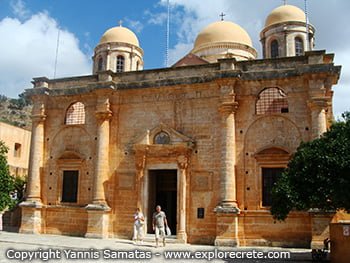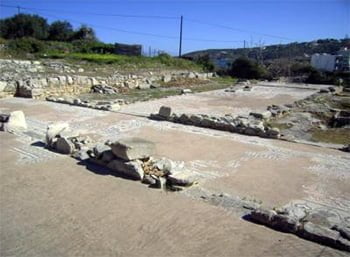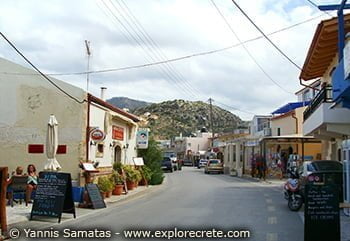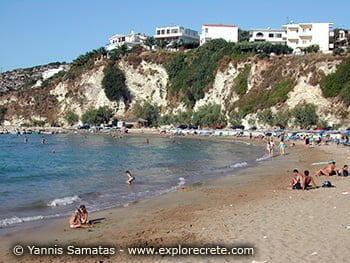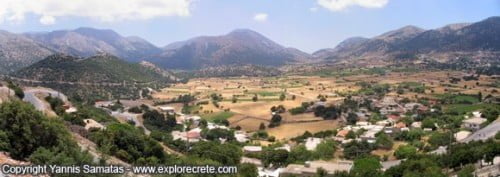History of Frangokastello
The history of Frangokastello begins in the Bronze Age. There was intensive human activity in the wider Frangokastello area, i.e. Sfakia, as early as prehistoric times, even in mountainous and inaccessible areas. Several Minoan sites have been found, dating from 1800-1450 BC, when many people lived in settlements. Some examples of pottery have been preserved from this period.
From the mid-7th century AD to 824 AD, Arab raids led to the gradual abandonment of coastal sites, as villages moved inland seeking protection from pirates. This also happened at Frangokastello.
Frangokastello during the Venetian period
During the period of Venetian rule there were references to powerful noble families of Byzantine descent, who held large fiefs and exercised a major influence on the Orthodox population. The Venetians accorded them limited administrative powers, implementing a feudal system adapted to the special circumstances of Crete.
The Sfakia area was ruled by the Skordilis family. From this were descended the two branches of the Pateras and Papadopoulos families, which were at daggers drawn with each other. Venetian sources report that in their efforts to establish order, they committed crimes and oppressed their fellow locals.
This oppression by the feudal lords caused upheaval in the area, until they themselves began to demand that the Venetians build a fortress in the area, both as protection from pirate raids and to control the rebellious populace. Their Venetian Senate eventually agreed to their request on 10 February 1371.
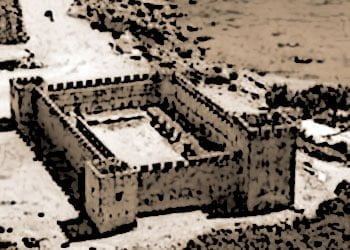
The castle was completed in 1371 and the Venetians named it the Castle of St Nikitas, after the nearby church. The locals, however, who never saw it in a positive light, contemptuously dubbed it Frangokastello, meaning the Castle of the Franks (i.e. Catholic foreigners), Castelfranco or Franco Castello. The name eventually stuck and was adopted by the Venetians as well.
The fortress does not appear to have served the purpose for which it was built, as the Sfakia area remained lawless and there were times when Frangokastello did not possess even a token garrison.
Frangokastello during the Turkish period
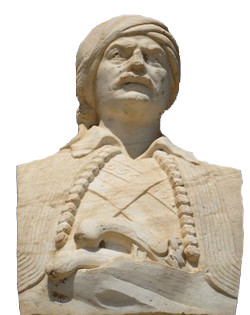
During the period of Turkish rule, Frangokastello continued to decay. The Turkish forces fighting the rebellious Sfakiots camped there during the Orlov Revolt (1770). This was where the leader of the failed rising, Ioannis Vlachos or Daskaloyiannis, surrendered. He was flayed alive at Heraklion as an example to other would-be revolutionaries.
In 1828, a resurgence of the Cretan revolt against the Turkish yoke brought Hadzi Michalis Dalianis from Northern Epirus to Frangokastello, which he garrisoned with his men.
The decision to abandon their familiar guerrilla tactics and face the much larger Turkish regular army on the open plain favoured the forces of Mustapha Naili Pasha, the Governor of Crete. Six hundred Greeks faced 8,000 Turks for a week.
Hadzi Michalis Dalianis was killed along with 338 of the defenders. The remainder capitulated, surrendered the castle to the Turks and were allowed to leave. Mustapha Pasha blew up the ruined fortress so it could never be used by rebels again. Later, however, during the great Cretan Revolt (1866-1869), he was forced to rebuild it in order to control the island.
Frangokastello fell into disuse after the liberation of Crete, and now serves to remind visitors of its bloody history, revived each year through the legend of the ghosts that haunt it, the famous Drosoulites.
© explorecrete.com All Rights Reserved. Reproduction or copying without permission is prohibited.

